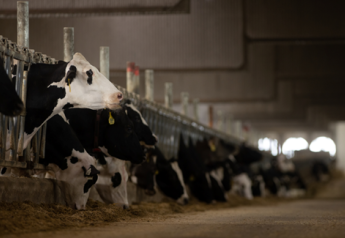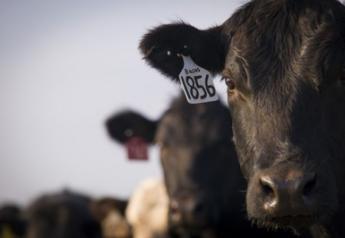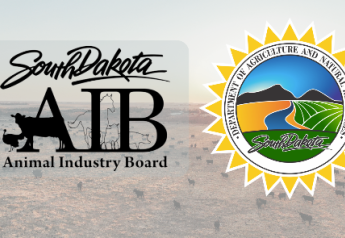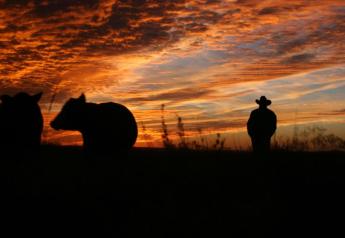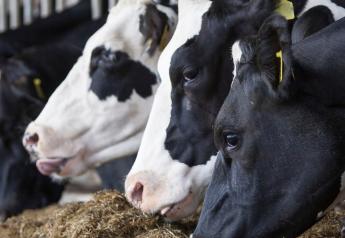Food Without Fear: How Beef Checkoff-Funded Research Keeps Consumers Safe
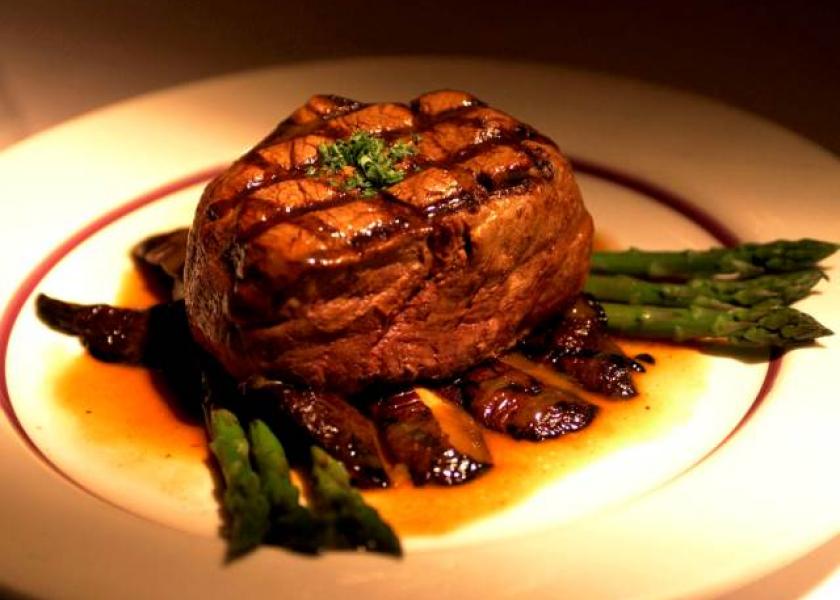
Torri Lienemann, Cattlemen's Beef Board member and co-chair of the CBB's Safety & Product Innovation Committee, is from Princeton, Nebraska.
Safety first. As a mom, I am acutely aware of household dangers... cleaning products, hot stoves, wet floors, running with scissors; however, biting into a burger does not usually make that list. Although, if, like me, you were around back in 1993 when an E. coli outbreak happened at a national fast-food chain, you probably do remember being far more concerned about food contamination.
After that outbreak, the Checkoff began funding research that not only changed the beef industry, but also improved food safety across the board. And, while food safety is much better today than ever before, I believe it’s important that the Checkoff continues researching foodborne pathogens so that we can continue to enjoy our food without concern. To understand why it’s so important, we must first remember how we got started – and how we got here.
An industry blueprint
Back in ’93, the Beef-Checkoff-funded Blue-Ribbon Task Force developed an industry blueprint for managing the food safety risks from E. coli O157:H7. The scientists and other professionals on this task force analyzed the beef industry supply chain, reviewed public and private research findings, and drew on their own to better understand E. coli O157:H7 and how to avoid contamination in the future.
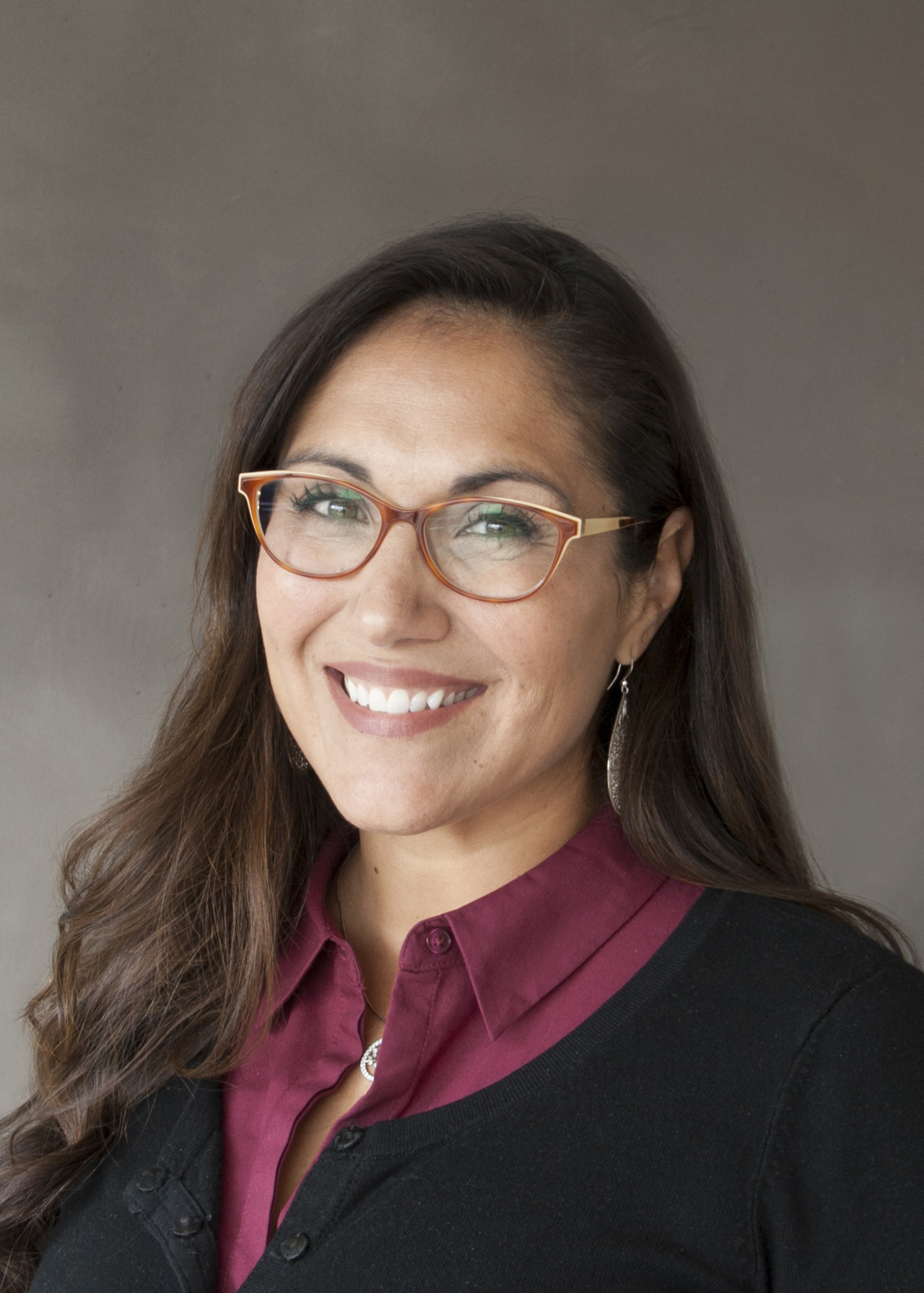
The task force published its report in 1994, recommending strategies to improve meat safety. Over the remainder of the decade, the Checkoff-funded Beef Safety Research Program filled the scientific “gaps” that the task force identified throughout the supply chain to make meat safer.
During the 2000s, several ongoing Checkoff-funded studies evaluated interventions intended to reduce microbial contamination both on and inside animals. The Beef Checkoff's research identified specific areas where carcass contamination was most likely to occur. Scientists were then able to evaluate the occurrence and prevention of pathogens throughout the processing chain. Large processing facilities throughout the country implemented these safety interventions and still use them when processing beef and other proteins today.
In 2007, the Center for Disease Control (CDC) set a goal to reduce infections from foodborne E. coli O157:H7 by 50 percent in 2010. This “Healthy People” goal was met in 2009 and would have been much less likely to happen without the beef industry’s research.
Investing in a safer future
No doubt, the Beef Checkoff played a pivotal role in ensuring beef product safety. It honestly makes me wonder where the industry would be today if not for producers’ continued investments into the Beef Checkoff.
Research shows us that while beef safety is very important to beef stakeholders, it’s less relevant to today’s consumers. In fact, according to beef safety research conducted by the National Cattlemen’s Beef Association (NCBA), a contractor to the Checkoff, 90 percent of consumers feel the beef they eat from the grocery store is safe. The same research found that only 23 percent of consumers worry about foodborne illness when cooking at home. Checkoff-funded research has helped an entire generation of consumers feel more confident about the safety of the food they purchase and consume.
The Beef Checkoff’s Beef Safety Research Program will continue to focus on every step of the supply chain, beginning with the producer, all the way to the restaurant. To anticipate issues before they escalate into a crisis, Beef Checkoff foodborne contamination research has expanded to include other pathogens and will continue to evolve to address emerging issues.
With the support of this robust and comprehensive research program, the beef industry provides consumers worldwide with consistently safe beef products.
Today, USDA food availability data tells us the average American eats about 55 pounds of beef per year. Consumers’ great trust in beef safety combined with their overall enjoyment of beef has helped demand remain strong for decades. And that supports the Checkoff’s primary purpose – driving demand for beef. It’s just another example of how the Beef Checkoff continues to use producer dollars for the good of the entire beef industry.
To learn more about the Beef Checkoff's beef safety research program, visit BeefResearch.org.
ABOUT THE BEEF CHECKOFF:
The Beef Checkoff Program was established as part of the 1985 Farm Bill. The Checkoff assesses $1 per head on the sale of live domestic and imported cattle, in addition to a comparable assessment on imported beef and beef products. States may retain up to 50 cents on the dollar and forward the other 50 cents per head to the Cattlemen’s Beef Promotion and Research Board, which administers the national Checkoff program, subject to USDA approval.



